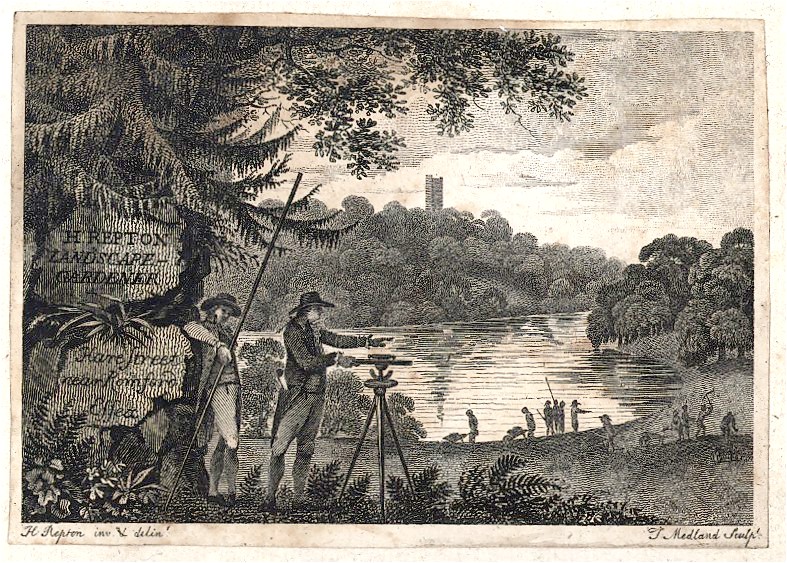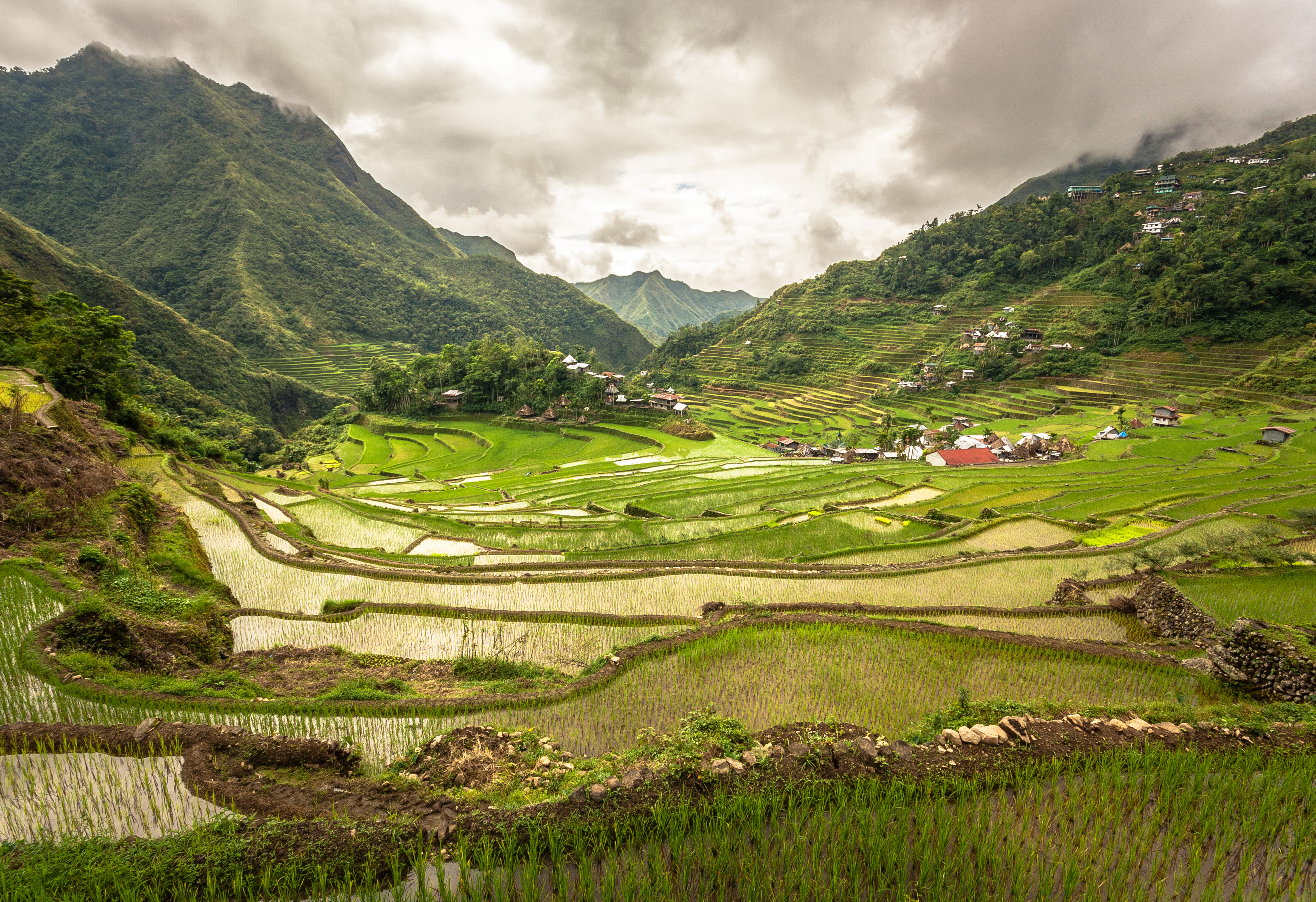|
Landscape Assessment
Landscape assessment is a sub-category of environmental impact assessment (EIA) concerned with quality assessment of the landscape. Landscape quality is assessed either as part of a strategic planning process or in connection with a specific development which will affect the landscape. These methods are sub-divided into area-based assessments or proposal-driven assessments, respectively. The term 'landscape assessment' can be used to mean either visual assessment or character assessment. Since landscape assessments are intended to help with the conservation and enhancement of environmental goods, it is usually necessary to have a fully geographical landscape assessment as a stage in the process of EIA and landscape planning. During the initial phases of a project, such as site selection and design concept, the landscape architect begins to identify areas of opportunity or setbacks that may provide constraints. The architect prepares alternative options in order to compare their ass ... [...More Info...] [...Related Items...] OR: [Wikipedia] [Google] [Baidu] |
Environmental Impact Assessment
Environmental Impact assessment (EIA) is the assessment of the environmental consequences of a plan, policy, program, or actual projects prior to the decision to move forward with the proposed action. In this context, the term "environmental impact assessment" is usually used when applied to actual projects by individuals or companies and the term " strategic environmental assessment" (SEA) applies to policies, plans and programmes most often proposed by organs of state. It is a tool of environmental management forming a part of project approval and decision-making. Environmental assessments may be governed by rules of administrative procedure regarding public participation and documentation of decision making, and may be subject to judicial review. The purpose of the assessment is to ensure that decision makers consider the environmental impacts when deciding whether or not to proceed with a project. The International Association for Impact Assessment (IAIA) defines an envir ... [...More Info...] [...Related Items...] OR: [Wikipedia] [Google] [Baidu] |
Environmental Good
Environmental goods are typically non-market goods, including clean air, clean water, landscape, green transport infrastructure (footpaths, cycleways, greenways, etc.), public parks, urban parks, rivers, mountains, forests, and beaches. Environmental goods are a sub-category of public goods. Concerns with environmental goods focus on the effects that the exploitation of ecological systems have on the economy, the well-being of humans and other species, and on the environment. Users not having to pay an upfront cost and external factors like pollution that can damage environmental goods indefinitely are some of the challenges in protecting environmental goods. Valuation There have been many efforts to place an economic value on environmental goods, but no consensus yet exists on the method of valuation. The challenges in the way of obtaining these economic values include the free-rider problem, difficulties in assigning ownership, and the non-divisibility of environmental g ... [...More Info...] [...Related Items...] OR: [Wikipedia] [Google] [Baidu] |
Landscape Planning
Landscape planning is a branch of landscape architecture. According to Erv Zube (1931–2002) landscape planning is defined as an activity concerned with developing landscaping amongst competing land uses while protecting natural processes and significant cultural and natural resources. Park systems and greenways of the type designed by Frederick Law Olmsted are key examples of landscape planning. Landscape designers tend to work for clients who wish to commission construction work. Landscape planners analyze broad issues as well as project characteristics which constrain design projects. Landscape planners may work on projects which are of broad geographical scope, concern many land uses or many clients or are implemented over a long period of time. As an example, the damage caused by unplanned mineral extraction was one of the early reasons for a public demand for landscape planning. In Europe Alberti wrote on the need for town squares for markets and specific implementati ... [...More Info...] [...Related Items...] OR: [Wikipedia] [Google] [Baidu] |
Landscape Architect
A landscape architect is a person who is educated in the field of landscape architecture. The practice of landscape architecture includes: site analysis, site inventory, site planning, land planning, planting design, grading, storm water management, sustainable design, construction specification, and ensuring that all plans meet the current building codes and local and federal ordinances. The practice of landscape architecture dates to some of the earliest of human cultures and just as much as the practice of medicine has been inimical to the species and ubiquitous worldwide for several millennia. However, this article examines the modern profession and educational discipline of those practicing the design of landscape architecture. In the 1700s, Humphry Repton described his occupation as "landscape gardener" on business cards he had prepared to represent him in work that now would be described as that of a landscape architect. The title, "landscape architect", was first u ... [...More Info...] [...Related Items...] OR: [Wikipedia] [Google] [Baidu] |
Landscape
A landscape is the visible features of an area of land, its landforms, and how they integrate with natural or man-made features, often considered in terms of their aesthetic appeal.''New Oxford American Dictionary''. A landscape includes the physical elements of geophysically defined landforms such as (ice-capped) mountains, hills, water bodies such as rivers, lakes, ponds and the sea, living elements of land cover including indigenous vegetation, human elements including different forms of land use, buildings, and structures, and transitory elements such as lighting and weather conditions. Combining both their physical origins and the cultural overlay of human presence, often created over millennia, landscapes reflect a living synthesis of people and place that is vital to local and national identity. The character of a landscape helps define the self-image of the people who inhabit it and a sense of place that differentiates one region from other regions. It is the ... [...More Info...] [...Related Items...] OR: [Wikipedia] [Google] [Baidu] |
Landscape Character Assessment
A landscape is the visible features of an area of land, its landforms, and how they integrate with natural or man-made features, often considered in terms of their aesthetic appeal.''New Oxford American Dictionary''. A landscape includes the physical elements of geophysically defined landforms such as (ice-capped) mountains, hills, water bodies such as rivers, lakes, ponds and the sea, living elements of land cover including indigenous vegetation, human elements including different forms of land use, buildings, and structures, and transitory elements such as lighting and weather conditions. Combining both their physical origins and the cultural overlay of human presence, often created over millennia, landscapes reflect a living synthesis of people and place that is vital to local and national identity. The character of a landscape helps define the self-image of the people who inhabit it and a sense of place that differentiates one region from other regions. It is the dyn ... [...More Info...] [...Related Items...] OR: [Wikipedia] [Google] [Baidu] |
Landscape Architecture
Landscape architecture is the design of outdoor areas, landmarks, and structures to achieve environmental, social-behavioural, or aesthetic outcomes. It involves the systematic design and general engineering of various structures for construction and human use, investigation of existing social, ecological, and soil conditions and processes in the landscape, and the design of other interventions that will produce desired outcomes. The scope of the profession is broad and can be subdivided into several sub-categories including professional or licensed landscape architects who are regulated by governmental agencies and possess the expertise to design a wide range of structures and landforms for human use; landscape design which is not a licensed profession; site planning; stormwater management; erosion control; environmental restoration; parks, recreation and urban planning; visual resource management; green infrastructure planning and provision; and private estate and residence ... [...More Info...] [...Related Items...] OR: [Wikipedia] [Google] [Baidu] |
Collective Landscape
The term collective landscape was introduced to landscape design and landscape planning by Sir Geoffrey Jellicoe. He wrote, on the dust jacket of his book: ::''The landscape of man'', that '' "The world is moving into a phase when landscape design may well be recognized as the most comprehensive of the arts. Man creates around him an environment that is a projection into nature of his abstract ideas. It is only in the present century that the collective landscape has emerged as a social necessity. We are promoting a landscape art on a scale never conceived of in history." '' Definitions It appears that the term was inspired by Carl Jung's use of the term collective unconscious. Jellicoe admired Jung, but the use of 'collective landscape' in the above quotation has something in common with its use in collectivism. Unlike the terms public park and national park, the term collective landscape is a psychological construct and an abstract concept. 'Collective landscape' is therefore ... [...More Info...] [...Related Items...] OR: [Wikipedia] [Google] [Baidu] |
Landscape
A landscape is the visible features of an area of land, its landforms, and how they integrate with natural or man-made features, often considered in terms of their aesthetic appeal.''New Oxford American Dictionary''. A landscape includes the physical elements of geophysically defined landforms such as (ice-capped) mountains, hills, water bodies such as rivers, lakes, ponds and the sea, living elements of land cover including indigenous vegetation, human elements including different forms of land use, buildings, and structures, and transitory elements such as lighting and weather conditions. Combining both their physical origins and the cultural overlay of human presence, often created over millennia, landscapes reflect a living synthesis of people and place that is vital to local and national identity. The character of a landscape helps define the self-image of the people who inhabit it and a sense of place that differentiates one region from other regions. It is the ... [...More Info...] [...Related Items...] OR: [Wikipedia] [Google] [Baidu] |





